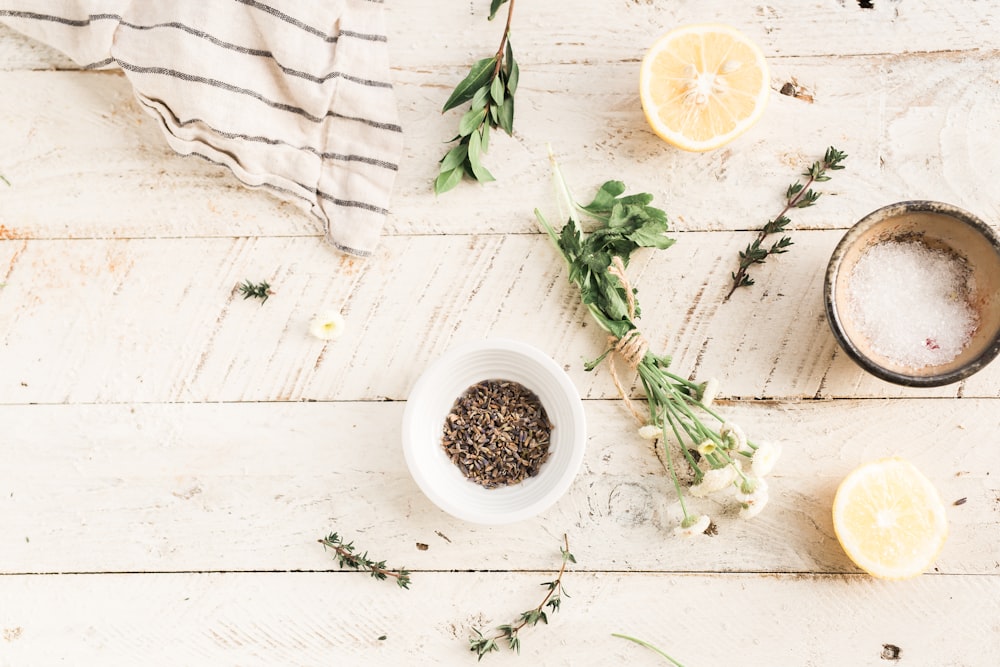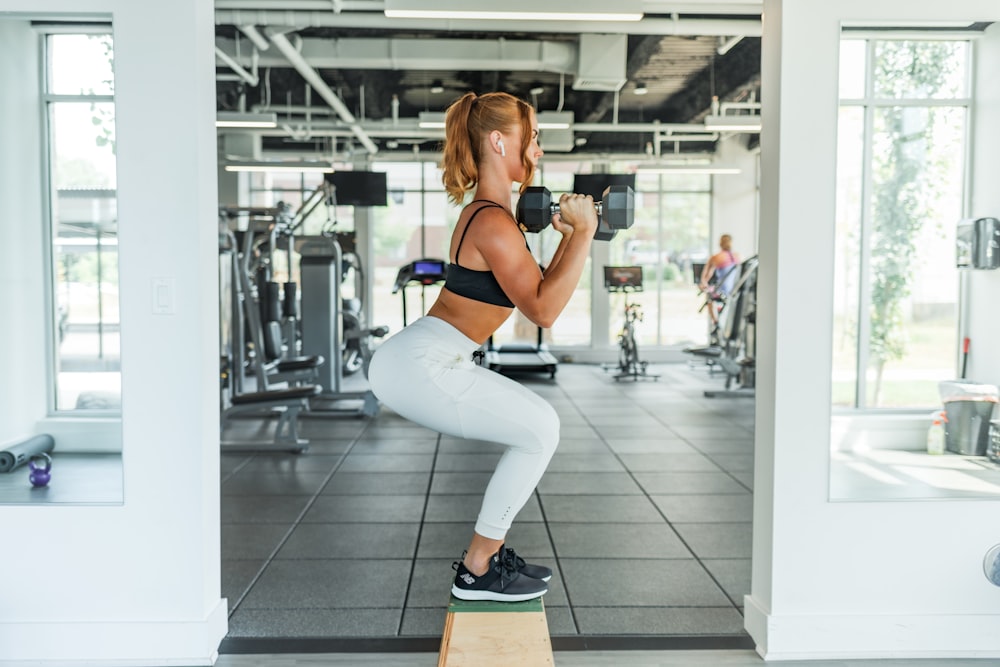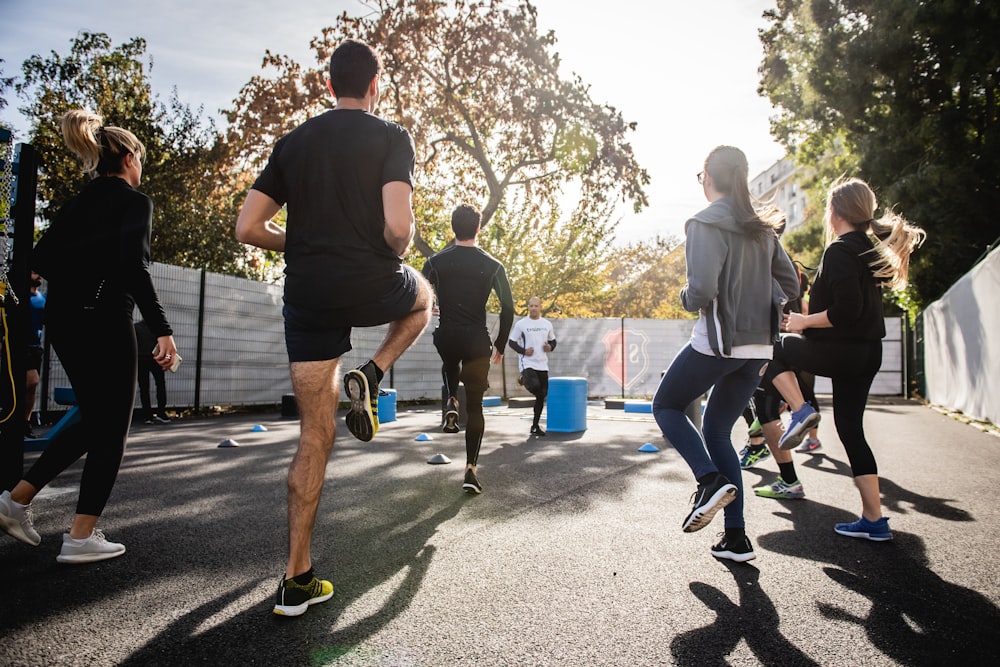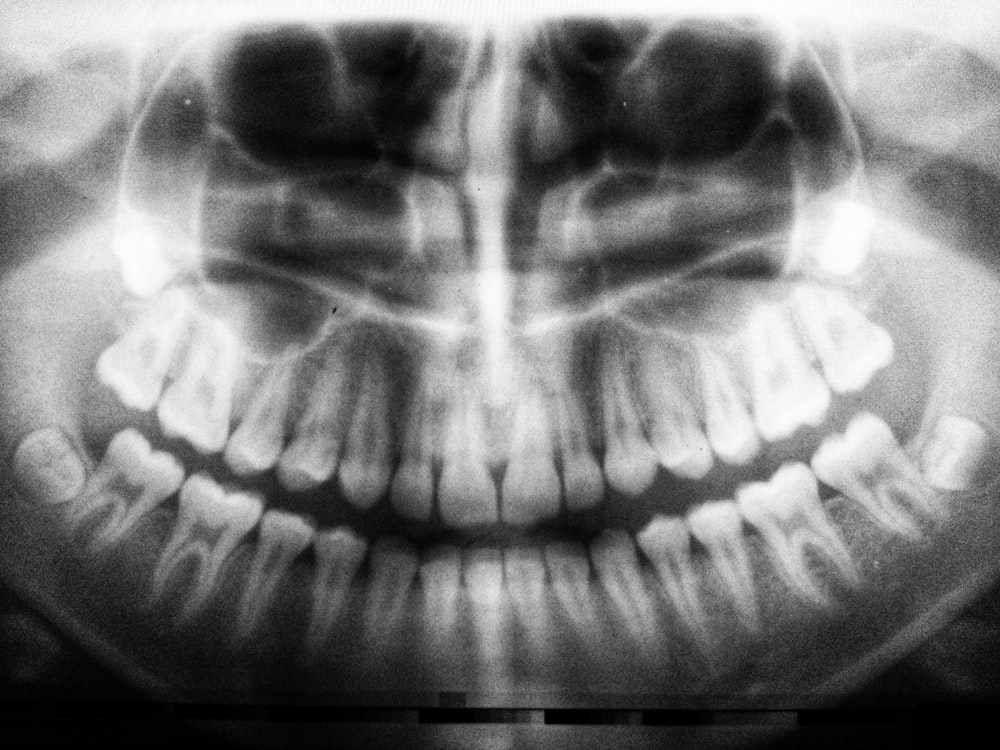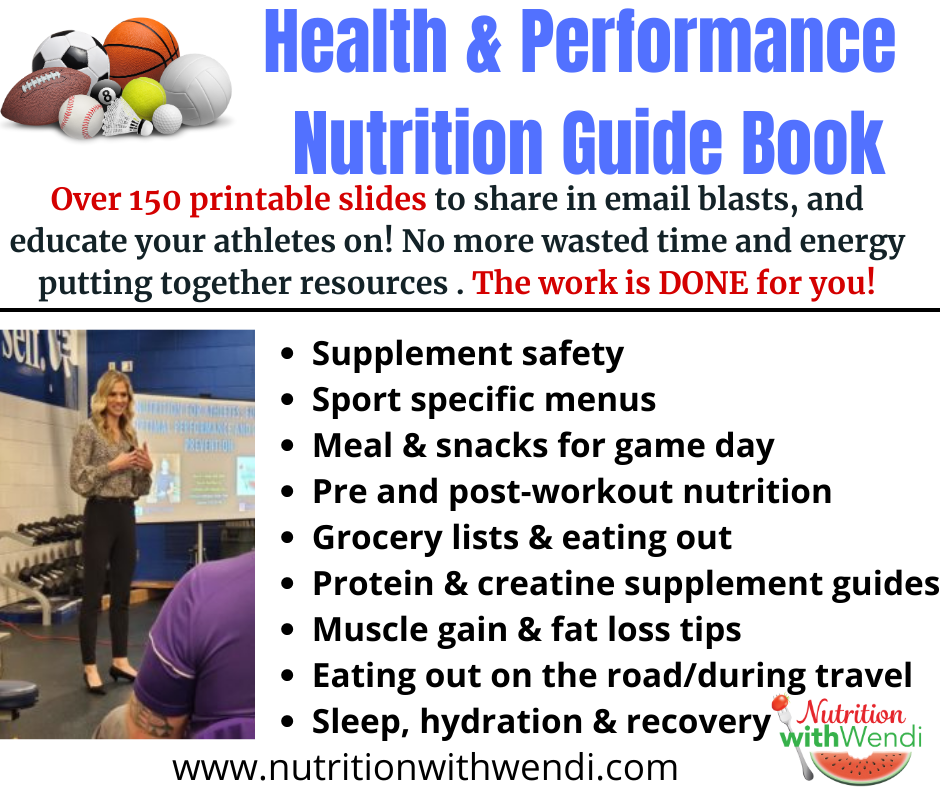
Joint Resilience: Nurturing Optimal Health for Athletic Performance
In the realm of athletics, where the body is pushed to its limits, the health of joints becomes paramount. This article explores the importance of joint health in athletics, shedding light on strategies and practices that athletes can adopt to ensure the longevity and functionality of their joints.
Understanding the Significance of Joint Health in Athletics
Joints serve as pivotal connections between bones, facilitating movement and providing structural support. In athletics, where dynamic and forceful movements are routine, maintaining joint health is vital. Healthy joints not only enhance performance but also reduce the risk of injuries that could sideline athletes.
Impact of Athletics on Joint Health
Athletes subject their joints to repetitive stress and impact, which can take a toll over time. Running, jumping, and sudden directional changes common in sports can lead to wear and tear on joints. Understanding the specific demands of each sport helps in tailoring joint care strategies to address the unique challenges athletes face.
Strategies for Promoting Joint Health
Proactive measures are essential to promote joint health in athletics. Warm-up routines that include dynamic stretches prepare joints for the demands of physical activity. Strengthening exercises, particularly those targeting muscles around the joints, provide additional support and stability, reducing the strain on the joints during movement.
Nutrition and Joint Health: A Crucial Connection
The role of nutrition in joint health cannot be overstated. Nutrients like omega-3 fatty acids, found in fish and flaxseed, have anti-inflammatory properties that benefit joint function. Collagen-rich foods, such as bone broth, support joint structure. Athletes should prioritize a well-balanced diet to provide the necessary building blocks for joint health.
Hydration for Joint Lubrication and Cushioning
Adequate hydration is a simple yet crucial factor in maintaining joint health. Hyaluronic acid, a substance that helps lubricate joints, requires proper hydration for optimal function. Staying well-hydrated ensures that joints are adequately lubricated, reducing friction and supporting their ability to absorb impact.
Cross-Training for Joint Preservation
Variety in training routines, known as cross-training, is beneficial for joint health. It prevents overuse of specific joints and muscles, reducing the risk of repetitive stress injuries. Incorporating low-impact activities, such as swimming or cycling, alongside high-impact sports provides a balanced approach to training and preserves joint health.
Recovery Practices to Support Joint Resilience
Recovery is a crucial aspect of maintaining joint resilience. Adequate rest between intense training sessions allows joints to recover and repair. Techniques like ice baths and compression therapy can also be effective in managing inflammation and promoting joint recovery. Balancing training intensity with proper recovery is key.
Seeking Professional Guidance for Joint Care
Athletes should not hesitate to seek professional guidance for joint care. Sports medicine specialists and physiotherapists can provide tailored advice on injury prevention, rehabilitation, and optimizing joint health. Regular check-ups and assessments contribute to early detection and intervention, ensuring sustained joint functionality.
Listening to the Body: A Vital Component of Joint Health
Athletes must cultivate a heightened awareness of their bodies. Listening to signals of pain, discomfort, or stiffness allows for timely adjustments in training intensity or technique. Ignoring these signals can lead to overuse injuries and compromise long-term joint health.
Embracing a Long-Term Perspective on Joint Health
In conclusion, joint health in athletics is not a short-term consideration but a lifelong commitment. Athletes who prioritize joint resilience through strategic training, nutrition, and recovery practices set the foundation for enduring athletic careers. By nurturing optimal joint health, athletes can continue to push their limits and achieve peak performance.
For comprehensive insights into joint health in athletics and personalized recommendations, visit Joint Health in Athletics. Explore strategies that empower athletes to safeguard their joints and unlock their full athletic potential.


